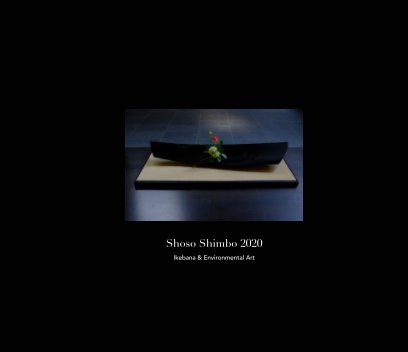Now, let’s consider relationship between Ikebana and art. Our focus is Sofu’s statement, “Ikebana is Art”, that brought about the great Ikebana boom after the war. What did it really mean and what was the influence of that statement on Ikebana?
First, we have to think why Sofu had to make such a statement. We can easily assume that people in general did not think Ikebana was art at that time, therefore Sofu’s statement was controversial but meaningful. If everybody thought Ikebana was art, nobody would make such a statement.
Sofu’s view is easy to understand and was widely accepted. Traditional Ikebana is not art because everybody makes similar arrangements. Ikebana as art should be free, allowing each person to express his or her individuality. As I said before, this idea is not his own original one and I just wanted to review the outline of Sofu’s argument this time.
Almost 50 years have passed since the beginning of the great Ikebana boom. It is a good time to reconsider the relationship between Ikebana and art. In order to start such a discussion, it is necessary to define clearly what is Ikebana and what is art. We may start to talk about the definition of Ikebana in the next issue.
This month I would like to show an Ikebana arrangement I made for delivery. Although it is quite an unusual concept for traditional Ikebana, I have to accept these kinds of orders as an Ikebana artist working outside Japan. I used down-sticks and florist foam to fix flowers. The container is to give away. As it is a delivery item, the size has to be easy to carry. To meet popular demand, I used a lot of flowers, although that is not really my style. Actually, I believe that commercial Ikebana is a new style that not many Ikebana schools are interested in developing. Maybe I should found a new Ikebana school to develop this commercial style!
http://www.shoso.com.au
https://www.facebook.com/ikebanaaustralia
























